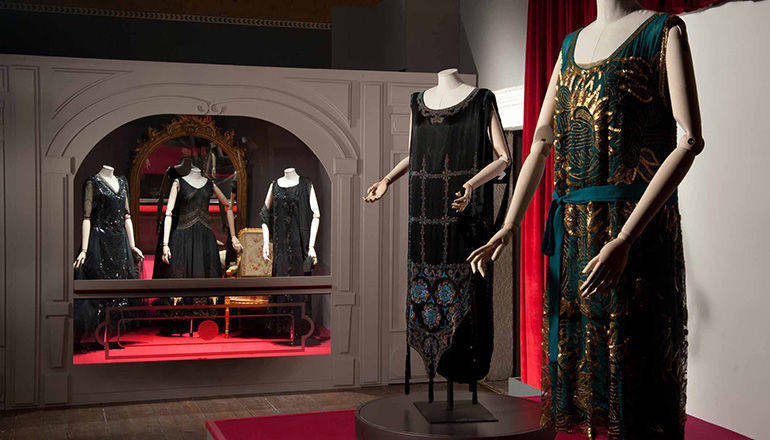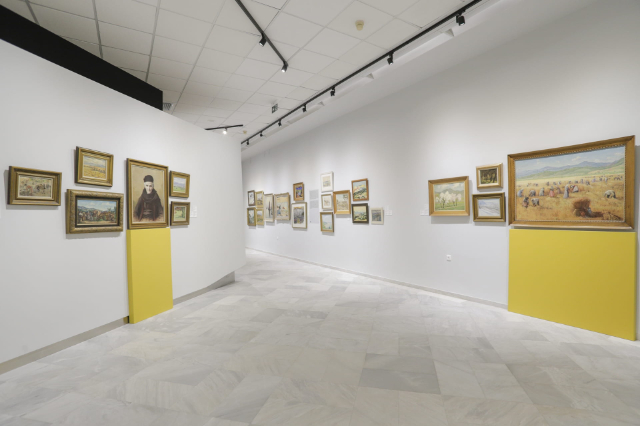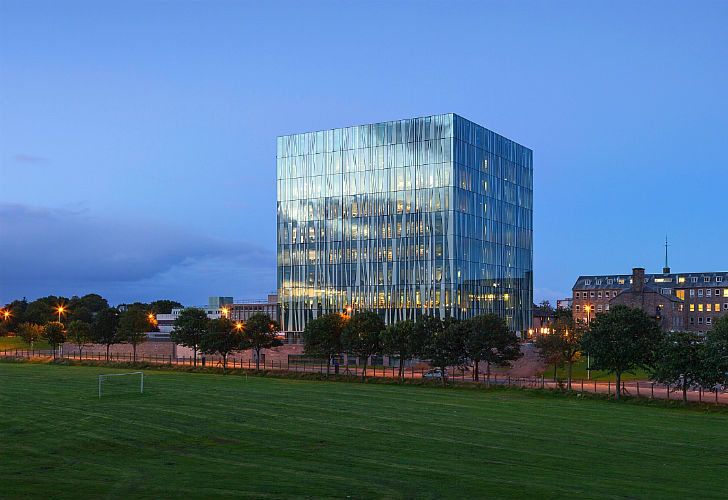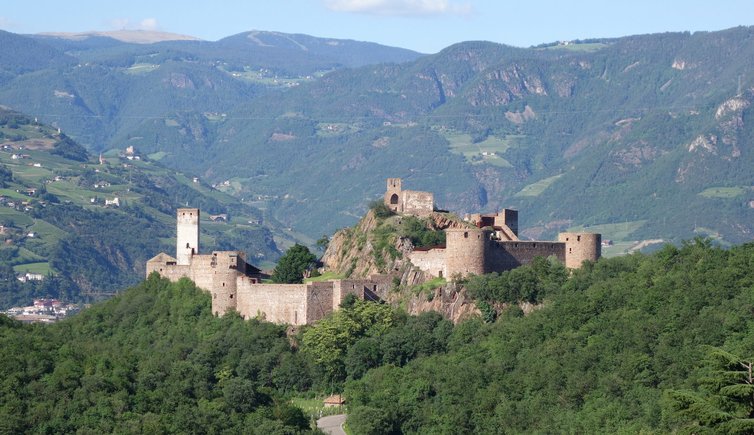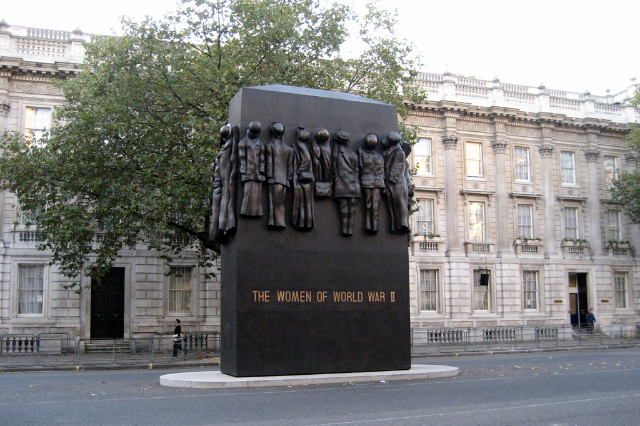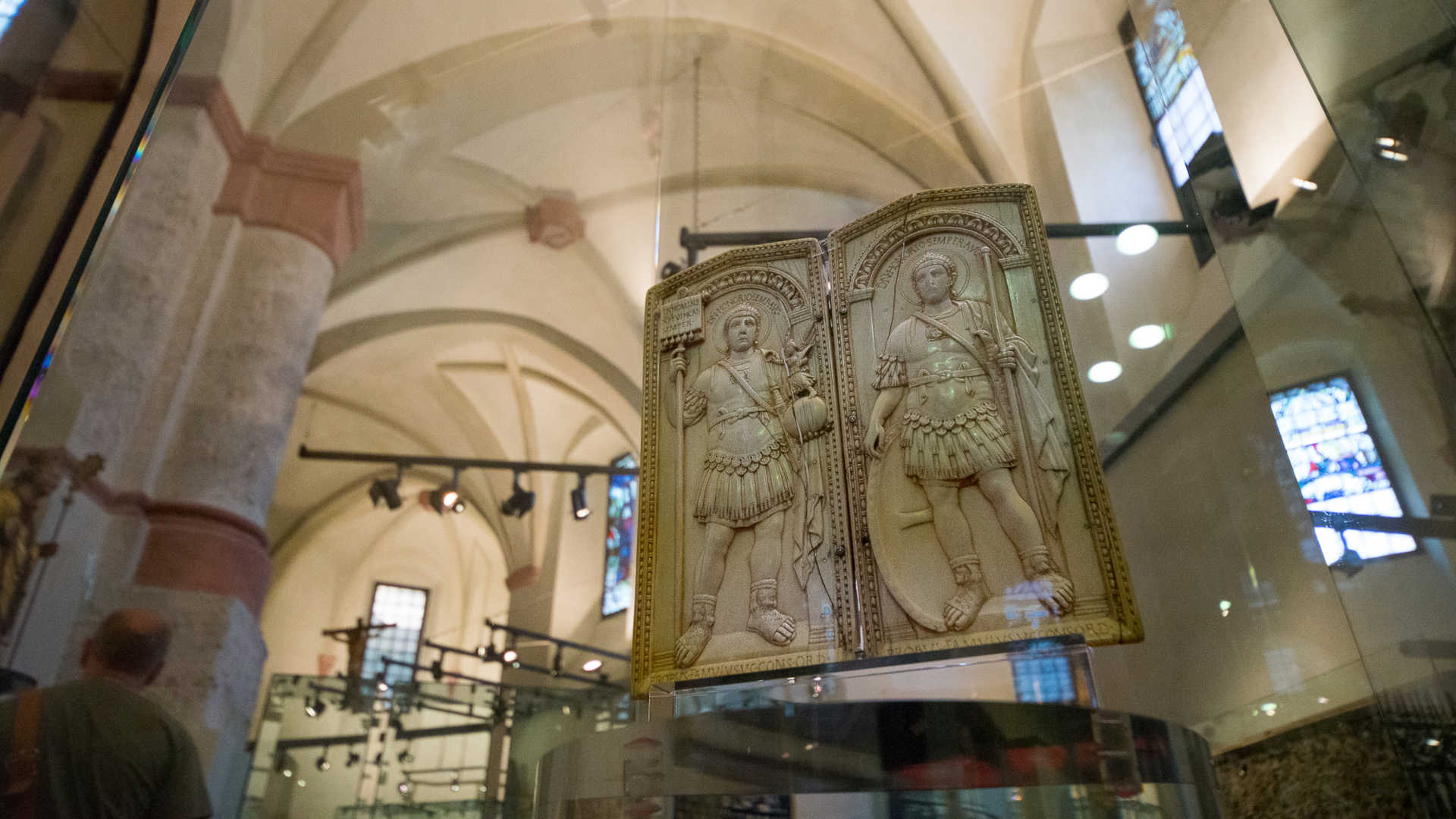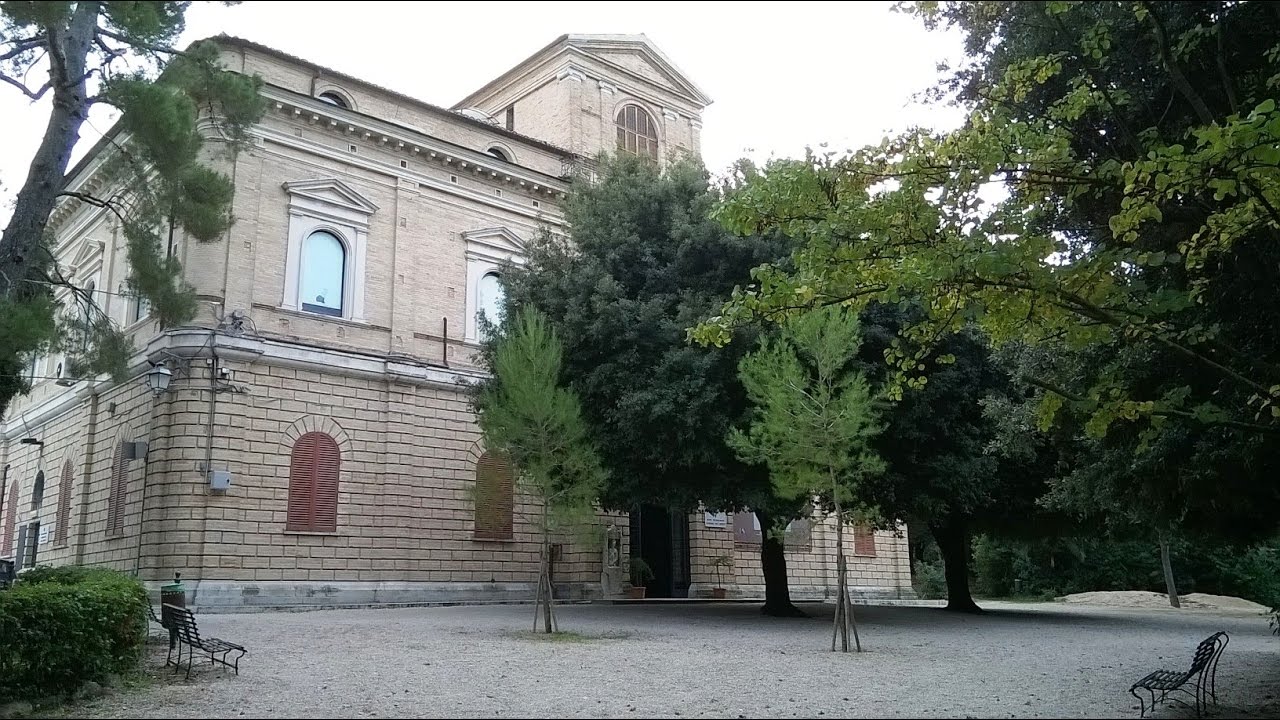The Museum of Fashion and Applied Arts occupies the first floor of the Dornberg and Tasso Houses, combining the already present sections of silk production and processing and jewellery. It gives ample space to the numerous and rich collections of applied arts owned by the Provincial Museums since its origins and increased both by the incessant research of Giovanni Cossar, in the first decades of the century, and by more recent purchases and donations. The itinerary winds through rooms alluding to artisan activities related to clothing, such as those of the shoemaker and the hatter, who modelled important clothing accessories on their wooden forms.
Rich is the part dedicated to the lively handicraft production of glass and ceramics of Gorizia. They are not very large collections, however, they are varied and prove to be interesting to understand the tastes and cultural references of these lands. There are almost 400 objects on display, both locally produced and from Veneto, Austria, Bohemia and England. The pottery production in Gorizia is testified by artefacts coming from the two factories that were built in Gorizia at the end of the 18th century, while the glassware comes from the factories that were built during the 18th century in the woods of Tarnova. In the showcases reminiscent of the ancient pharmacies there are stills, twists, ampoules for the preparation and preservation of medicinal substances, and also albarelli and other typical containers dating back to the eighteenth and nineteenth centuries.
The clothing collections of the Provincial Museums span a period of time between the 18th and 20th centuries, but the best represented period is from 1890 to the First World War. The garments on display illustrate the various types of clothing in use throughout the day and on certain special occasions. You can admire morning, business and evening clothes from the early twentieth century. The garments on display, of high sartorial quality, are an excellent document of sophisticated Central European elegance. The section dedicated to travel, holidays and sports includes, among others, a travel raincoat and an early 20th century motorcyclist’s outfit. Clothing complements include a selection of gloves and handbags from the 1700s to 1925.
